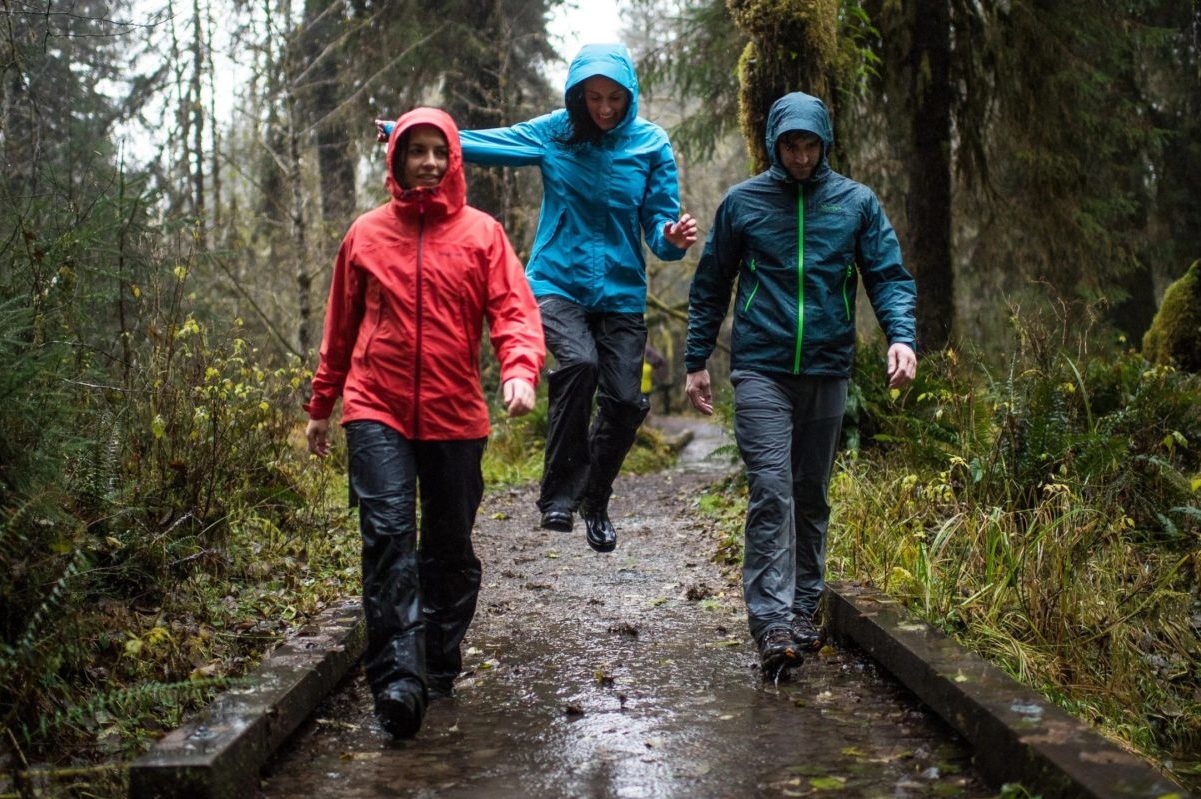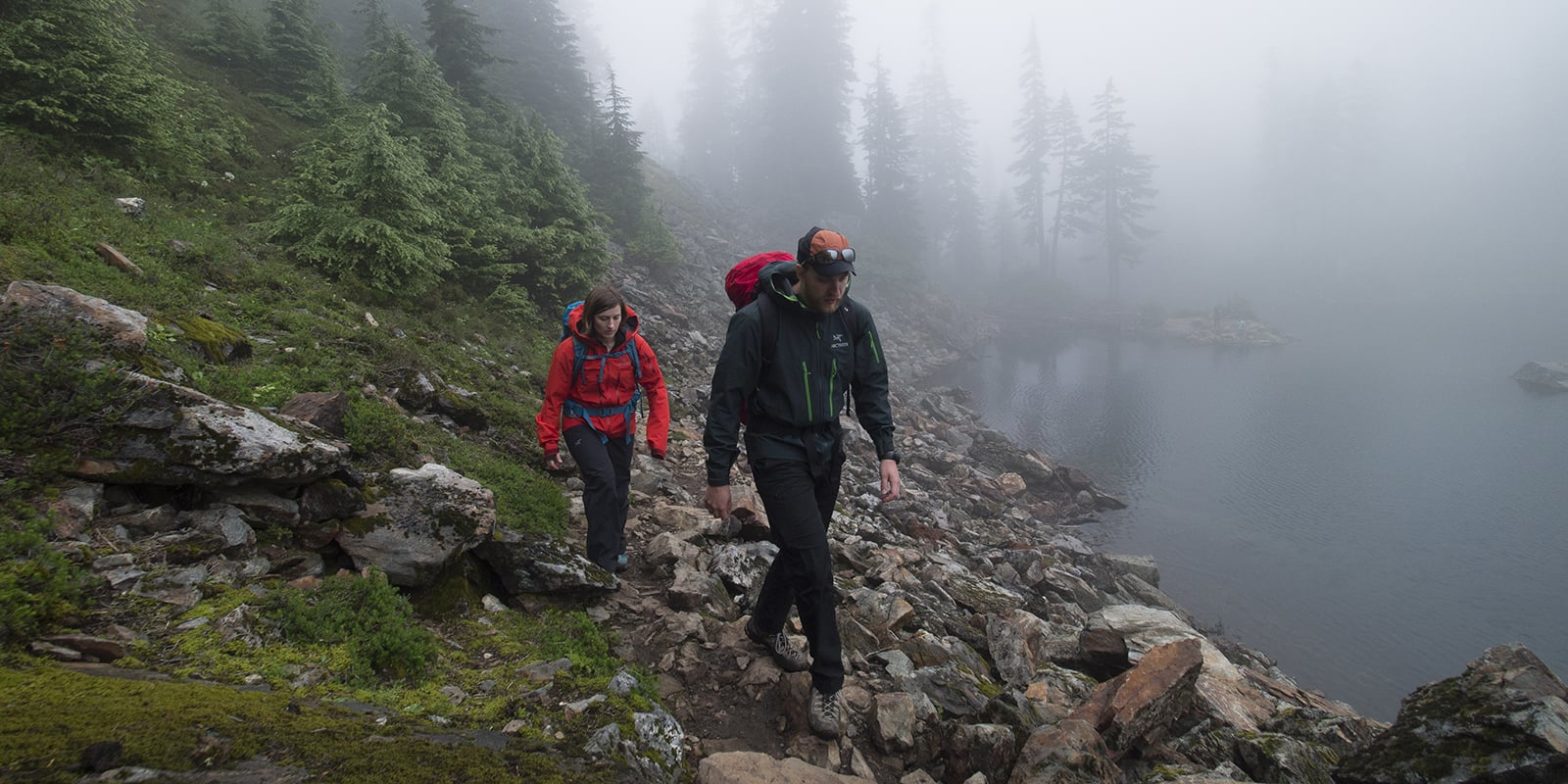Always check the weather forecast before going out so you know what to pack and what to expect. The following are the relevant metrics for most outdoor activities:
- Temperature\sPrecipitation
- The amount of cloud cover
- The direction and speed of the wind
In almost any forecast, these major elements are clearly obvious. There are a few other, less well-known considerations to consider, depending on your plans:
Wind
Most people are familiar with temperature, precipitation, and clouds in a prediction. Still, the wind is a crucial aspect that is often disregarded. Wind can distinguish between a wonderful day and a bad day in some activities. Remember to verify the wind forecast in most basic forecasts.
When you see a compass direction next to the wind, it always refers to the direction the wind is coming from, not the direction it is blowing toward. If you see an arrow, it means the wind is blowing in the direction of the compass. A “northwest wind,” for example, blows from the northwest to the southeast and is depicted by an arrow heading southeast.

Rain
When you read a forecast and see a percent probability of rain, you are reading the measurement of PoP. (Probability of Precipitation). This isn’t the likelihood of you getting wet just by standing in a certain area. It’s actually the result of a calculation that combines the probability of precipitation with the forecast’s geographic area.
The most reasonable interpretation of a “40 percent probability of rain” is that you have a more or less 40 percent chance of witnessing precipitation someplace near you, though perhaps not directly on you, by checking the weather for one specific location.
If a 40% probability of rain means you’ll get wet, this may sound like good news.
Point Forecast
Weather predictions for a specific location on a map are known as point forecasts, regardless of how far away from any weather stations. When you look for the weather for a city or town, you’ll almost certainly find an area forecast based on many weather stations in the area as well as regional models.
Technically, point forecasts are also area forecasts, although they are calculated for areas as small as 1 square mile. They rely more largely on regional models and topography than on current readings in remote regions because readings are unavailable due to the lack of nearby weather stations. On the other hand, a point prediction may be the finest information available if you’re traveling far from populated areas.
The National Park Service has a list of places to visit in the United States.

